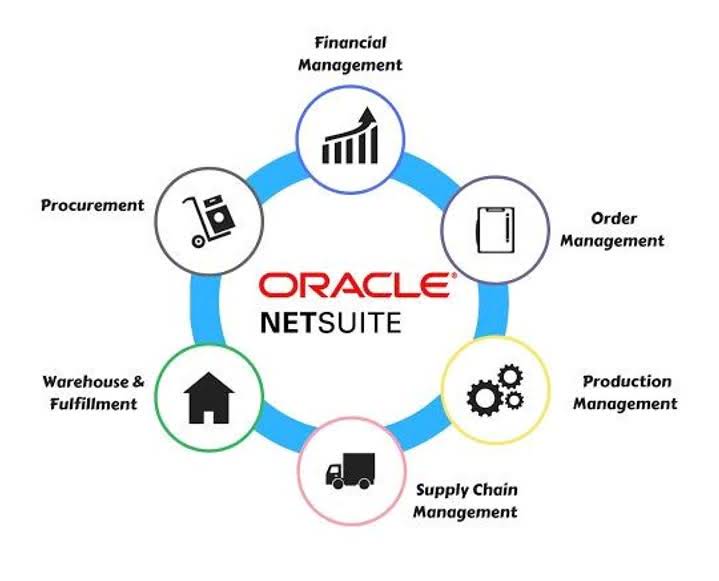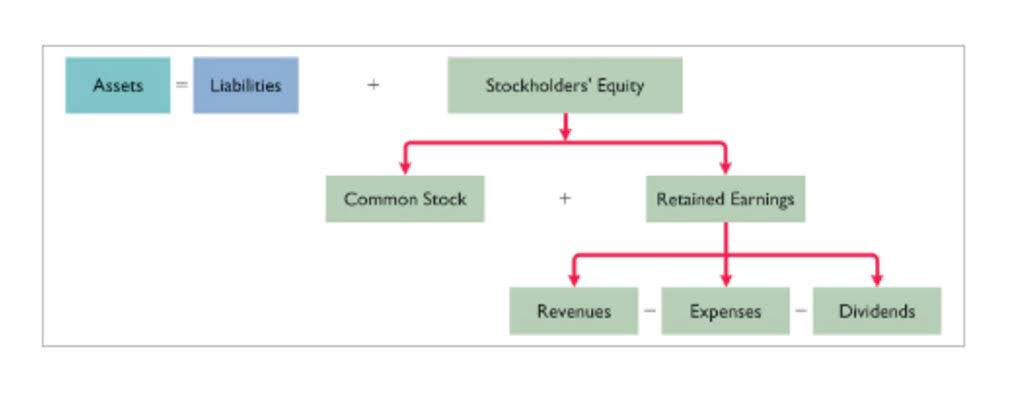
This breakdown provides a clearer view of total costs, aiding in more accurate financial planning and decision-making. Of course, you don’t want to charge too much and risk losing business to better-priced competition. Using the variable cost formula will help you find the sweet spot between charging too much and too little, ensuring profitability for your business.
Sustainability and Environmental Impact
In Commerce exams, you may be asked to provide the difference between direct costs and variable costs, supported by examples. This knowledge also helps in real business scenarios, like preparing a final account or analyzing cost structures for cost control and reduction. In accounting, direct costs refer to expenses that can be traced directly to a specific product, project, or department. Variable costs are those that fluctuate according to the volume of production or sales. If your company offers commissions (a percentage of a sale’s proceeds granted to staff or the company as an incentive), these will be variable costs. This is because your commission expenses depend entirely on how many sales you make.
Determine Pricing
- Businesses can optimize profit margins by carefully managing variable costs and ensuring pricing strategies are aligned with these expenses.
- Each chair costs $25 in direct labor and $25 in direct materials to produce.
- Since the price of raw materials varies according to the volume of manufacturing, it is a variable cost.
- Variable costs are the sum of all labor and materials needed to produce units for sale or run your business.
By fostering a collaborative and innovative environment, you unlock the potential for significant variable cost reductions. Tie their commission rates to achieving specific sales targets or profit margins. This strategy motivates your sales force to work more efficiently, aligning their efforts with the company’s profitability goals. Learn with practical examples, clear formulas, and actionable steps to improve your financial analysis. From bakery operations to tech manufacturing, strengthen your understanding of which group of costs is the most accurate example of variable cost? key metrics to make better decisions.

Variable Cost per Unit

Direct costs are directly attributable to a product, while variable costs change with the level of production. Not all direct costs are variable, and not all variable costs are direct. Both are essential concepts for accounting, pricing, and cost management. Variable costs are not inherently good or bad—they are a reality of providing any kind of https://www.bookstime.com/articles/what-is-a-retainer-fee-and-how-it-works product or service to your customers. You should strive to keep variable cost per unit as low as possible since this will result in more profit per unit.
Sales Commissions

By grasping the nature of variable costs, businesses can create more accurate and realistic budgets. This foresight aids in better cash flow how is sales tax calculated management, resource allocation, and risk mitigation. Direct labor is a cost directly attributable to production, hence a direct cost. It’s also usually a variable cost because more labor is needed as production increases.

Average Variable Cost Formula
- Embracing AI-driven solutions, automation, and sustainable practices will empower companies to optimize variable costs while simultaneously reducing environmental impact.
- Businesses need to cover these costs and add a profit margin to set a profitable selling price.
- Explore key insights and tips to maximize growth and profitability in your business.
- Not all direct costs are variable, and not all variable costs are direct.
- This is a variable cost since it depends on how many sales you make (and what methods your customers use to pay).
- To manage variable costs effectively, you must begin by regularly monitoring and analyzing your production and sales data.
- These practices will not only contribute to environmental preservation but also lead to substantial cost reductions.
It encompasses all necessary resources, including labor, materials, marketing, and anything else needed to sell the product. Let’s say your business sells chairs for $80 each, but it costs you $25 in labor and $25 in materials to make them, for a total production cost of $50 per unit. Understanding your variable costs is essential for small and mid-sized businesses. The higher your variable costs, the lower your profit margin, meaning your business makes less money. Different industries tend to have more fixed or variable costs, depending on the nature of the service or product they provide. So what do you need to know about budgeting for these fluctuating costs?
Laisser un commentaire